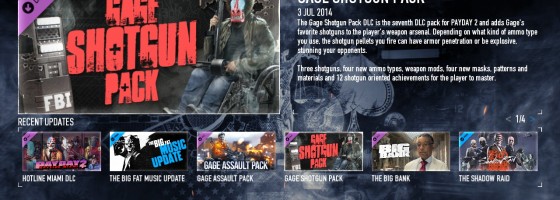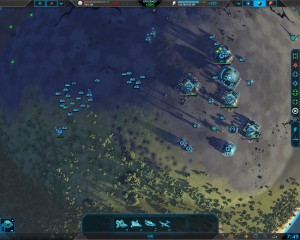From a previous industry insight over on the Game-Wisdom YouTube channel, I discussed the challenge of raising the price of your video game after its been released. These days with Games as a Service being a popular model, we are seeing more games given the post release support. Knowing how to add value to your game is a big deal when trying to earn more revenue from it. For today, we’re going to break down the three most common ways developers will work on a game following its release.
Games as a Service:
Before we begin, let’s briefly get everyone on the same page with “Games as a Service”. The term refers to games that have continued development and support after its release with the intention to keep it in the public eye longer and raise the value of the game.
Adding value to your game will keep your consumers happy and can earn you more sales. The risk of post release support is understanding the kind of value you’re adding and what it means to the consumer.
1: Maintenance Work
Maintenance work refers to the designer fixing any issues or bugs that crop up after the game is out. This includes, but not limited to:
- Improving Stability
- Accessibility Options
- Fixing Bugs
- Gamepad Support
- And More
The idea is that you are improving your game with work that isn’t adding new content to it. Most likely this will be the first thing you do after any game release. Simply put, the designer must never think about trying to charge or raise their game’s price after doing maintenance work. The more of these issues caught before your game is out will ultimately help in terms of customer impressions.
There is a lot we can talk about in terms of bug priority and organizing issues, but that would be too big for this post.
2: Refinement/Balance
The next kind of work that a designer can do is refining the game’s design. For this category we can talk about examples like these:
- Buffing/Nerfing Options
- Changing Game Systems
- Adjusting UI
- Removing Game Elements
- And So On
This is where things can get tricky in terms of pricing and value. Simply rebalancing content that’s already in the game doesn’t justify any increased cost on the player’s part. This is very true of games in Early Access who may try to rationalize raising a game’s value simply because the game has been improved. There are debates however when it comes to early access titles when they spell out plans for price increases as the development continues.
Work of this kind does make the game better, but it’s not direct value in terms of growth. Many times, improvements of this variety are created due to suggestions/complaints by the consumer.
In many cases, work of this kind is not easily seen by new or returning players; further making it hard to see the value.
However, there is an unusual exception that we’ve seen: When a game has been changed so much that it is an altogether different game. Sometimes, this is due to continued work via games as a service; other times, it’s because a game had a failed launch and the designers are trying to turn things around.
Payday 2 has become a completely different game in terms of its base systems thanks to over two years of updates. Halcyon 6 Starbase Commander was recently relaunched as the “Lightspeed Edition,” after many patches and updates to the game.
For examples of the latter, there was Skyshine’s Bedlam’s relaunch after a complete rebalancing of the game. Planetary Annihilation was also altered with the “Titans” suffix after a year’s worth of updates. In these cases, the amount of work done was enough to justify a relaunch. With that in mind, if you do decide to re-release an “enhanced edition” with these additions, you must do right by your existing fans. Anyone who purchased the above-mentioned examples got there enhanced versions for free.
3: New Content
When it comes to Games as a Service, this category is the most popular. There are far too many examples of adding new content to list here. Growing your game is one of the most effective ways of getting more money out of a product; in the form of DLC, expansions, or just microtransactions.
For games designed around competitive play, new content is critical to keeping the player base engaged and preventing the Meta game from solidifying. When it comes to talking about new content, we could segue-way into talking about the design considerations of adding new content, but that is its own topic.
Most often, new content added after a game’s launch will be categorized as separate from the base experience. This kind of “Separate, but equal” mentality is important when designing new content.
You don’t want someone to think that the base game is not good without it, but the new content should be fleshed out enough so that someone is getting their money’s worth.
The easiest way to show that there is more value to your game is literally adding more stuff to it. There is a lot we can springboard into talking about in terms of design and pricing, but that’s better saved for its own post.
Keeping Things Going:
Games as a service has become a popular option for AAA and Indie developers alike. Being able to continue working on a game that you know has a solid audience and earning money for it can be great for a studio.
If there’s a particular topic regarding Games as a Service that you would like me to cover in an upcoming vlog or post, let me know in the comments, as there is a lot more to discuss.




